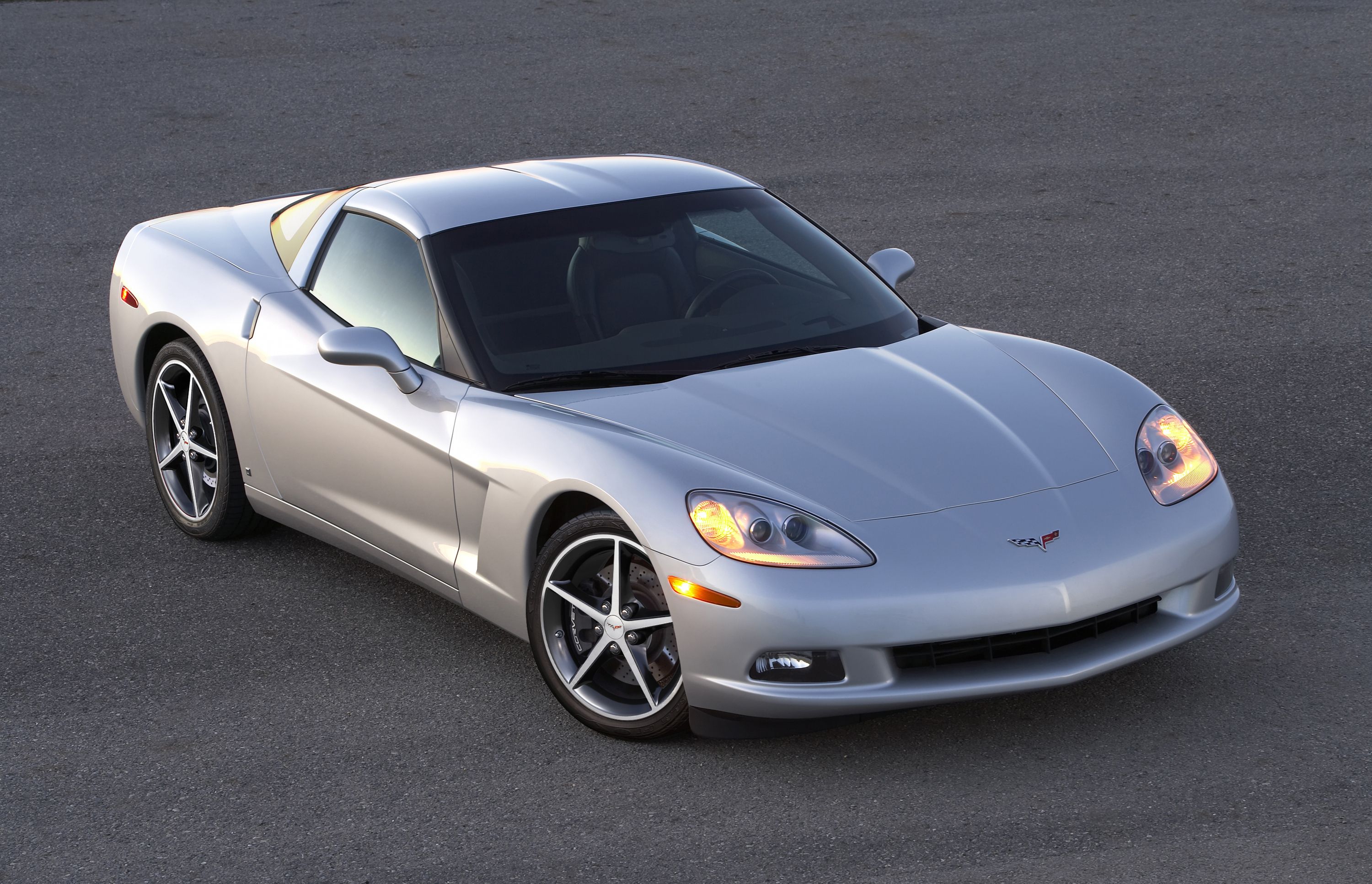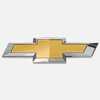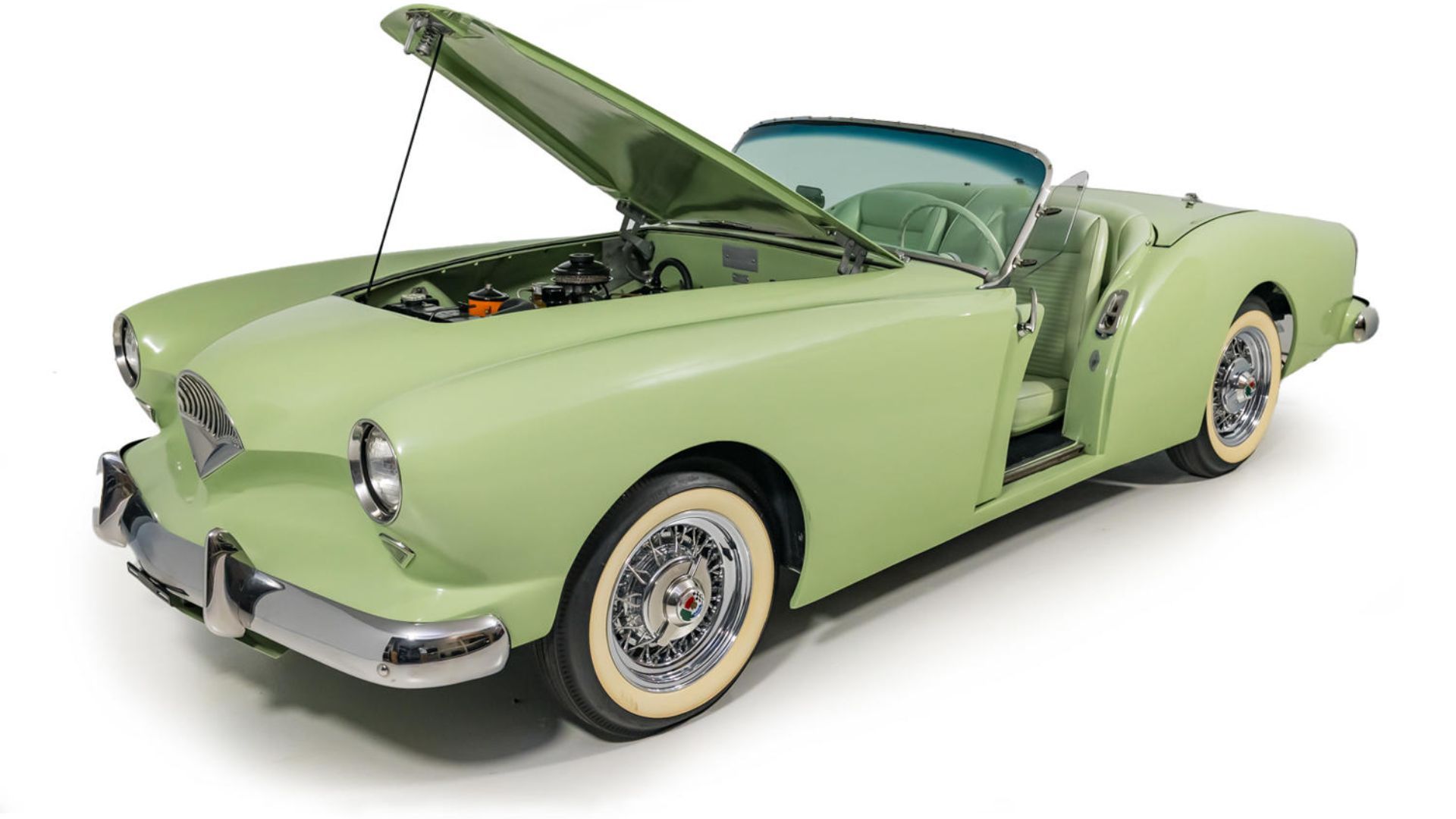Back in the early 1950s, Detroit was turning out an array of ridiculous cars, as its designers seemed more concerned with excess than with handling or style. In fact, you’d need to wear sunglasses to view all of that shiny and excessive chrome with the thought of the day apparently being the higher the tail fins at the back of the car, the better. Still, GM was planning something radical and was about to sell its Corvette, only for an independent designer to steal some of its thunder. This is the story of the Kaiser Darrin sports car, which was as beautiful to look at as it was groundbreaking.
We took a closer look at the Kaiser Darrin, a remarkable fiberglass sports car that made some waves in the 1950s. We found that this niche car tried to take the new Corvette’s spotlight, but that it wasn’t able to survive the commercial cauldron. The figures in the table relate to a 1954 Kaiser Darrin.
Trying To Steal A March On The Corvette
|
1954 Kaiser Darrin Model 161 Specifications |
|
|---|---|
|
Engine |
2.6-liter Willys F-Head inline-six |
|
Transmission |
Three-speed auto with overdrive |
|
Drivetrain |
Rear-wheel drive |
|
Power |
90 hp |
|
Torque |
127 lb-ft |
The Kaiser Darrin was more than just a machine – it was a statement. Its designers and engineers wanted to break the automotive mold and came up with something that was unmistakably eye-catching and built from fiberglass. It would also challenge the might of GM, as it went on view a month before the first Corvette hit the showrooms in 1953 and, in that respect, stole some of that Chevrolet shine.
Dutch Darrin And His Vision
The bold idea for the Kaiser Darrin came from a forward-thinking artist with an engineering pedigree and a certain flair for spectacle. Howard “Dutch” Darrin had already created some bespoke bodies for other American manufacturers, like Packard, Cadillac, and even Rolls-Royce. But in this case, he wanted to create a machine from scratch and to do so, he approached niche manufacturer Kaiser Motors. Darrin wasn’t interested in a big, burly, or typical American car, but something that combined elegance, innovation, and presence.
In the beginning, the people at Kaiser were not so sure, as even though Kaiser was a small manufacturer, it was also into practical family sedans rather than anything too sporty. However, Darrin was a very convincing individual and found an ally in the company founder’s wife. Together, they were able to persuade the decision-maker at Kaiser to get involved, and it’s just as well they did, as the result is surely one of the most intriguing experiments in automotive history.
One Revolutionary Design
One of the biggest selling points of the Kaiser Darrin is undoubtedly its sculptured appearance. However, it also sported a significant innovation in the shape of some eye-popping sliding doors. This feature was unlike anything that had been seen before as the doors slid forward and slipped behind the front fenders. It was a cool idea to save space in tight parking spots, but it also gave the vehicle a futuristic appearance.
Darrin put all of his coach-building experience into the vehicle’s design, working with an earlier Kaiser project called the Henry J as his base. The new car had a wraparound windshield, a snub-nosed front, and a smiling grille. It also had long swooping fenders and only came as a convertible, to add to its individuality. By contrast, when the Corvette appeared, its appearance was less radical and more conservative by comparison. When viewed side-by-side, GM was clearly playing it safe, while the Kaiser Darrin was quirky and unmistakable.
Related
Why This Punisher-Like Skull Has Become The Corvette’s Unofficial Mascot
The Punisher skull has become synonymous with certain Corvette models, even though it’s not an official Chevrolet emblem. What’s the story?
Fiberglass Before It Became Fashionable
Both the Corvette and the Kaiser Darrin featured fiberglass construction. This was certainly revolutionary at the time, but the material made it easier for Darrin to create such an eye-catching body. After all, engineers could create shapes out of fiberglass that would be difficult to form out of steel. Fiberglass is far lighter than traditional metal bodies as well, which makes for more efficient motoring. In many respects, Darrin was a fiberglass pioneer in automotive circles, but still, the Corvette stole the headlines and as much as anything else, due to its manufacturer’s might.
The Disappointing Willys-Derived Engine
The Kaiser Darrin undoubtedly looked the part, but the company fell down when it came to mechanical substance. The engine would only make around 90 hp from its Willys F-head inline-six, which was slow, even by 1950s standards. The drivetrain was reliable as a three-speed automatic transmission with optional overdrive, but this vehicle wasn’t going to set any records. It was far more of a cruiser aimed at the style-conscious consumer, whereas the Corvette was almost twice as powerful and would soon graduate to V8 power anyway.
Not to be outdone, Darrin would upgrade some of his cars using that Cadillac V8 engine to give them more sports-car-like performance. However, those energized vehicles were few and far between even if they were to prove that the chassis could handle more than Kaiser had initially allowed.
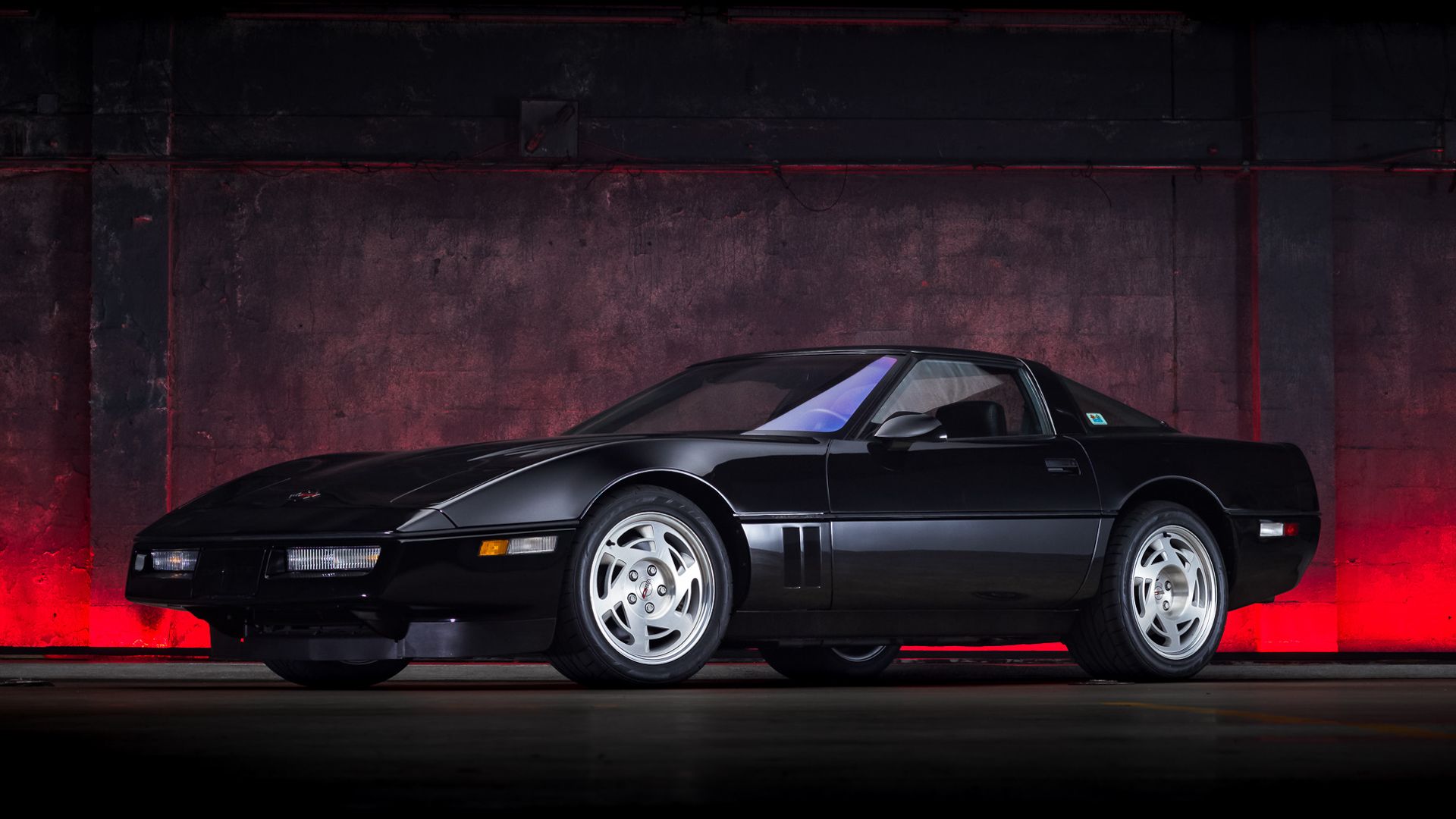
Related
Here’s How Much The Best ’90s Corvette Costs Today
The C4 Corvette ZR-1 was an engineering triumph from an unpopular generation of the all-American sports car.
An All Too Brief Production Run
The Kaiser Darrin hit the showrooms in 1954 but, sadly, problems were to follow. Kaiser Motors was not doing very well and found it necessary to scale back operations. Only 435 units appeared and there was no big marketing budget. Independent dealers were reluctant to buy into the idea as they didn’t know much about this funky car with a strange name. But still, those who did get to buy the Kaiser Darrin loved it, and it soon became a cult icon. It showed that a car can be far less brash than the typical Detroit machine and be more of an art piece rather than a transportation device. Sadly, production would soon come to a halt, leaving many unsold units in a dusty warehouse. Darrin was to buy some of those himself to experiment with the V8s, but by and large, that was the end of the story.
The Kaiser Darrin Under The Lights
GM’s Corvette may have overshadowed the Kaiser Darrin, but the Darrin still had its brief brush with fame. Many celebrities, such as the comedian Groucho Marx and the actress Debbie Reynolds, would buy these gleaming vehicles and the cars would make the occasional appearance on big and small screens. Nevertheless, those starring moments were fleeting and that’s probably part of the vehicle’s charm. It was to remain rare and mysterious and more of a fashion statement than some other cookie-cutter convertibles.
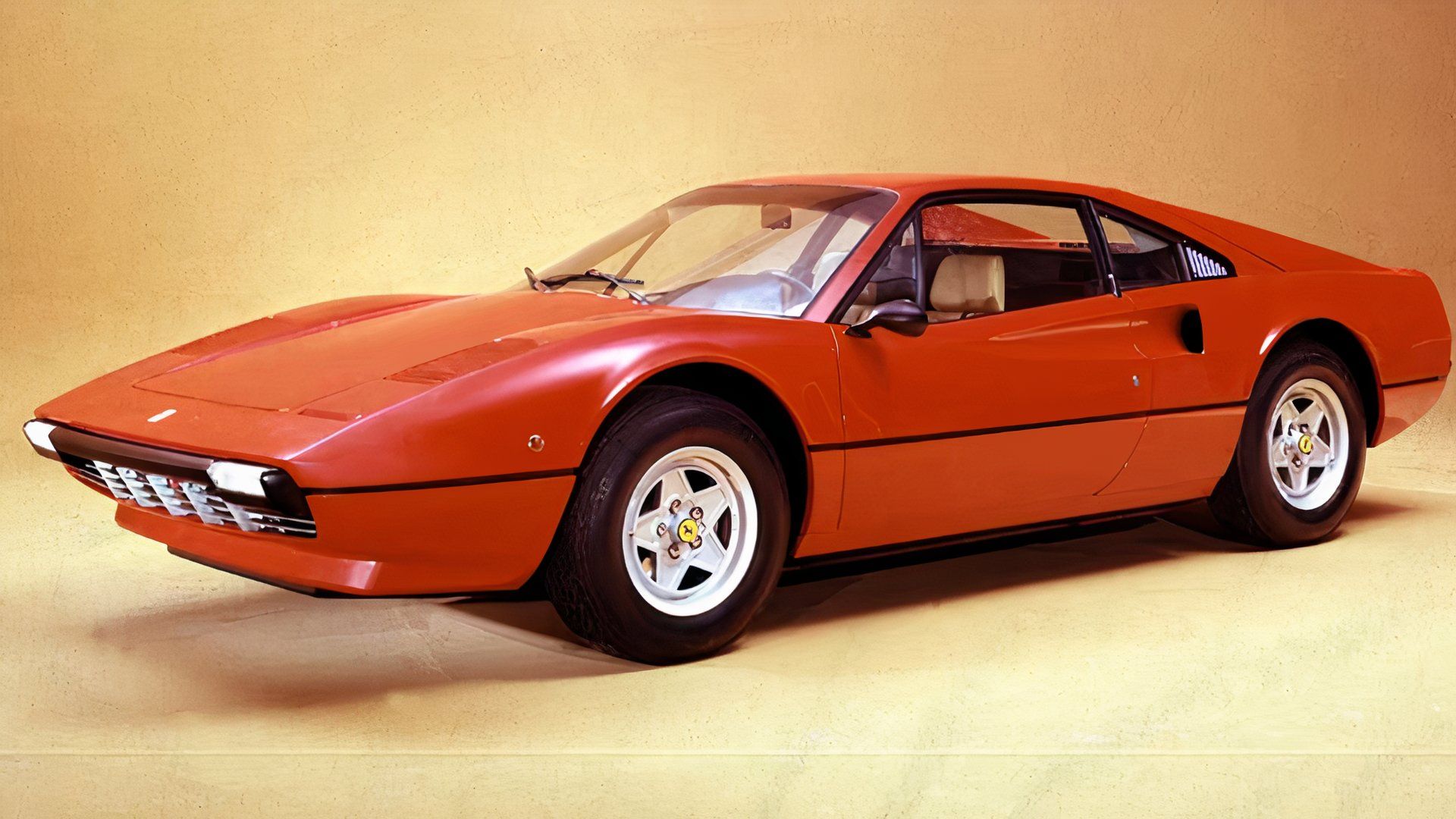
Related
How Long Will A Fiberglass Car Body Last?
If you’re buying or building your own fiberglass car, here’s how you can keep it looking good for years to come.
The Ultimate Collectible
While the Kaiser Darrin was a commercial failure, it was nevertheless a design success. As only a few hundred examples were ever built, it is, today, a rare gem among American collectibles. If one appears, it creates an instant buzz in classic car circles and restored examples will sell for up to $180,000. And if one of those Darrin-modified V8 versions comes along, the excitement level rises even higher. Still, it’s easy to understand the enthusiasm, as the Kaiser Darrin is one of the earliest fiberglass experiments. With its set of unique sliding doors and a short production run, it’s absolutely something different from the usual 1950s fare.
The Kaiser Darrin Deserved A Better Ending
In the final analysis, the Kaiser Darrin was a victim of underfunding, bad timing, and a market that was not quite ready. Certainly, the Corvette may have won the war and would go on to become a cultural titan, but the Kaiser Darrin still won a lot of hearts. It proved that American cars can be experimental and beautiful at the same time and even weird in the best possible way. It also proved that innovation does not necessarily have to come from one of the big manufacturers and that it was OK to be original within a sea of conformity.
Sources: Bonhams Cars.

